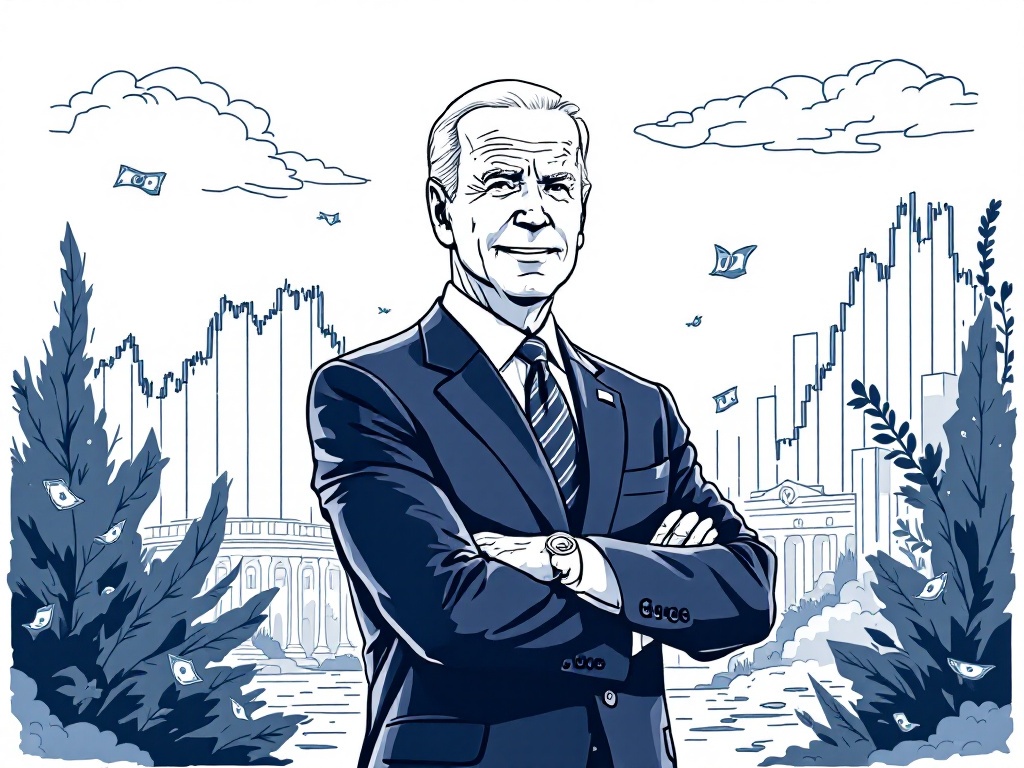Biden Highlights Economic Growth as December Job Surge Impresses

Washington, Sunday, 12 January 2025.
President Biden celebrated a robust U.S. economy with 256,000 jobs added in December 2024, marking a significant drop in unemployment and showcasing economic resilience amid high interest rates.
Strong Labor Market Performance
The latest Labor Department report revealed that U.S. employers added 256,000 jobs in December 2024, significantly exceeding analysts’ expectations of 155,000 [4]. This robust performance helped lower the unemployment rate to 4.1%, an improvement from the previous 4.2% [1][4]. The health care sector led job gains with 46,000 new positions, followed by retail adding 43,000 jobs, and both leisure and hospitality and government sectors contributing 33,000 positions each [6].
Biden’s Economic Legacy
As President Biden approaches the end of his term on January 20, 2025, he emphasized that jobs have been created every month during his presidency [1]. The administration’s economic achievements include the addition of 16.6 million new jobs during his term, which Biden claimed was ‘the most of any single presidential term in history’ [6]. The U.S. economy has demonstrated remarkable resilience, with GDP expanding at over 3% annual pace in four of the last five quarters [1][5].
Wage Growth and Inflation Progress
Average hourly wages increased by 0.3% from November and showed a 3.9% year-over-year growth [1][2]. Notably, wages have outpaced consumer prices for 19 consecutive months through November 2024 [2]. The economy has successfully navigated through a period of high inflation, which peaked at 9.1% in June 2022, declining to 2.7% by November 2024 [1][5].
Economic Transition and Future Outlook
As Biden prepares to hand over the economy to President-elect Trump, the Federal Reserve has shown cautious optimism by implementing three rate cuts in the last four months of 2024 [1]. However, the Fed projects only two rate reductions in 2025, down from the four previously anticipated [7]. Markets have responded sensitively to these developments, with the Dow Jones Industrial Average dropping over 600 points in trading on December 6, 2024, reflecting investor concerns about potentially prolonged higher interest rates [2].